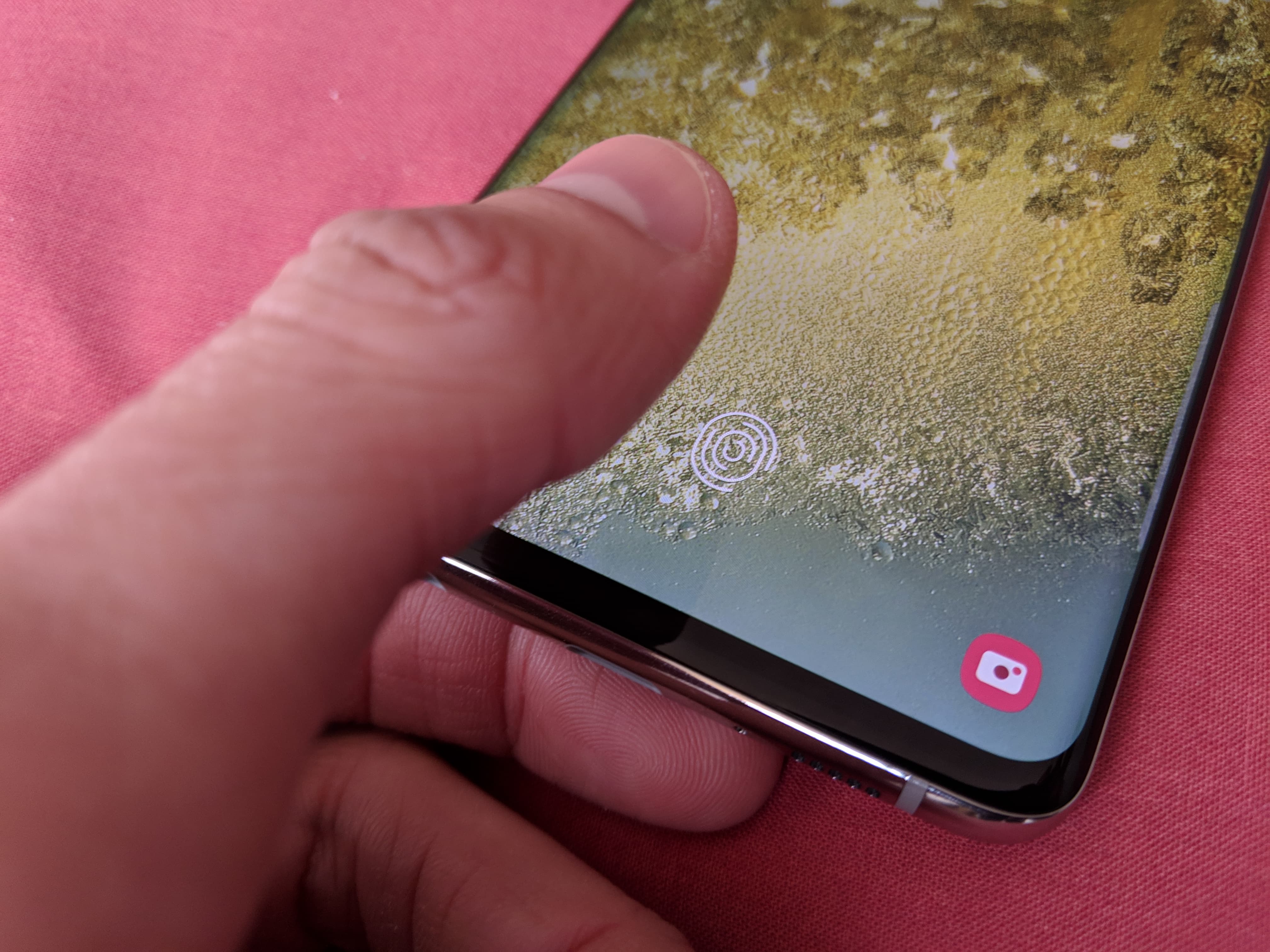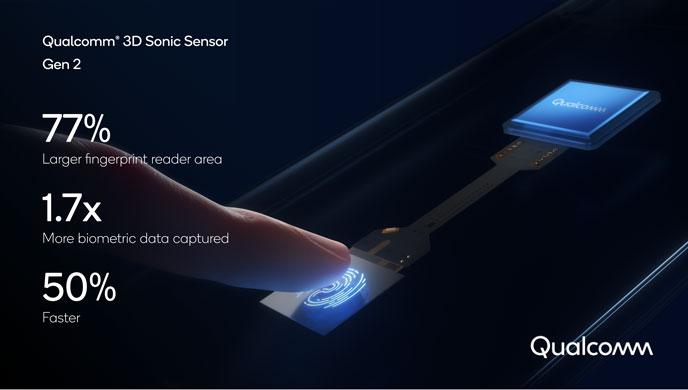Qualcomm’s new sensor promises to fix anything that doesn’t work in the current generation of scanners. Will it be the sensor of Samsung’s Galaxy S21?
In 2017 it still looked like something out of a sci-fi movie: an under-display fingerprint sensor. In 2018, it became To reality And since then, technology has become one of the most basic features of Android devices. Although they are spacious, it’s hard to say that the under-display fingerprint sensors have improved too much since they were launched. They are not intuitive, they are slower than traditional sensors and they are too small for the finger to always touch the right place. Qualcomm now introduces its new supersonic sensor, which promises to improve everything.
Bigger, faster, better?
The new sensor the company unveiled at CES 2021 is called the Qualcomm 3D Sonic Sensor Gen 2 and, like its predecessor, it sends sonic waves to the screen, documenting reflections to build an image of your fingerprint through glass or even metals. This time around, the sensor’s thickness is 0.2mm, which Qualcomm says allows it to be integrated into most types of devices, such as end-to-end flexible OLED displays.
The company’s new sensor is expected to be 50% faster and 77% larger compared to the first generation. In practice, this means that they will have more surface area on the screen than your fingerprint can pick up, and you may be a little less limited in how exactly you place your finger on the sensor. According to the company, the new sensor is capable of receiving 1.7 times more biometric information, which will allow it to detect your fingerprints faster, better and even when they are wet.
The last time you starred in Samsung devices
The first device to incorporate Qualcomm’s first ultrasonic fingerprint sensor was theGalaxy S10 Released in 2019. Although it really impressed me at the time, especially since it didn’t have to light up the scan area and dazzle you at night just to read your fingerprint, it wasn’t perfect – the sensor’s coverage area was too small and its Response speed was better than existing solutions. At the same time, but still slow compared to traditional sensors. Since then, it has mainly starred in Samsung devices.
Qualcomm says that the first mobile devices that contain the new generation of its fingerprint sensor will arrive from 2021. Does this mean that the new Samsung devices will be the first to introduce them? Will this sensor also reach other families of devices? We will probably know all this tomorrow, when Samsung is expected to announce the new S21 series.





